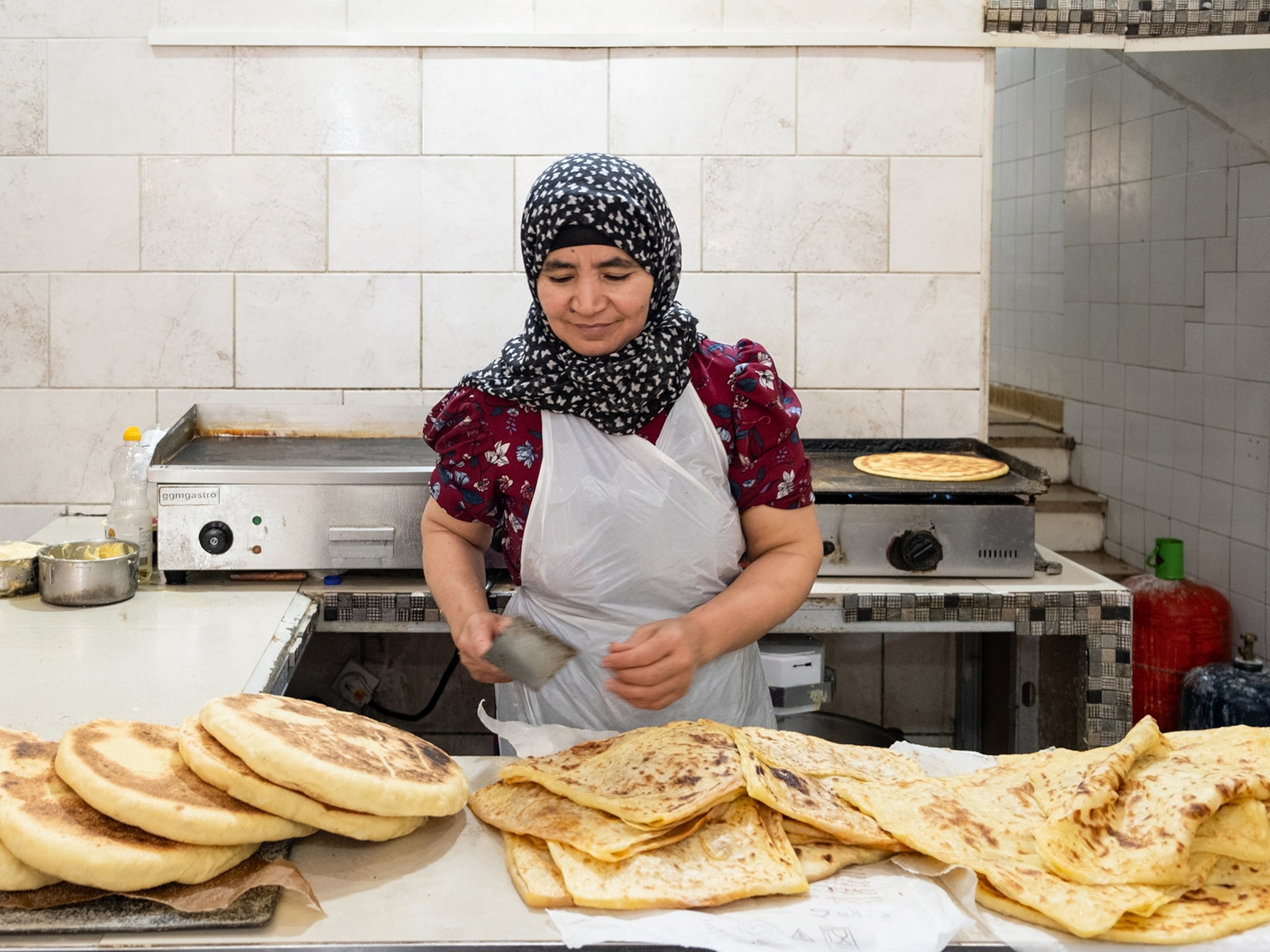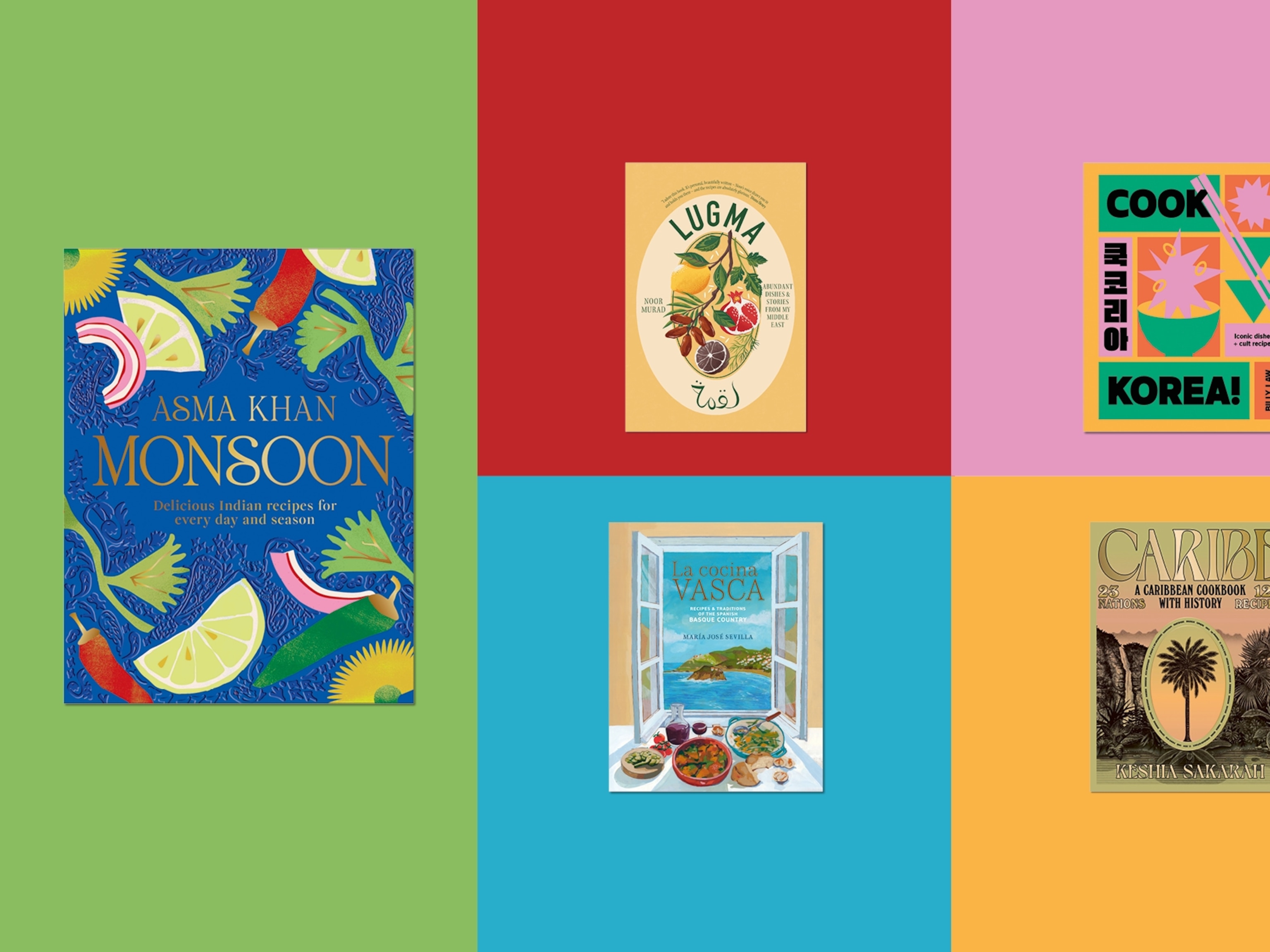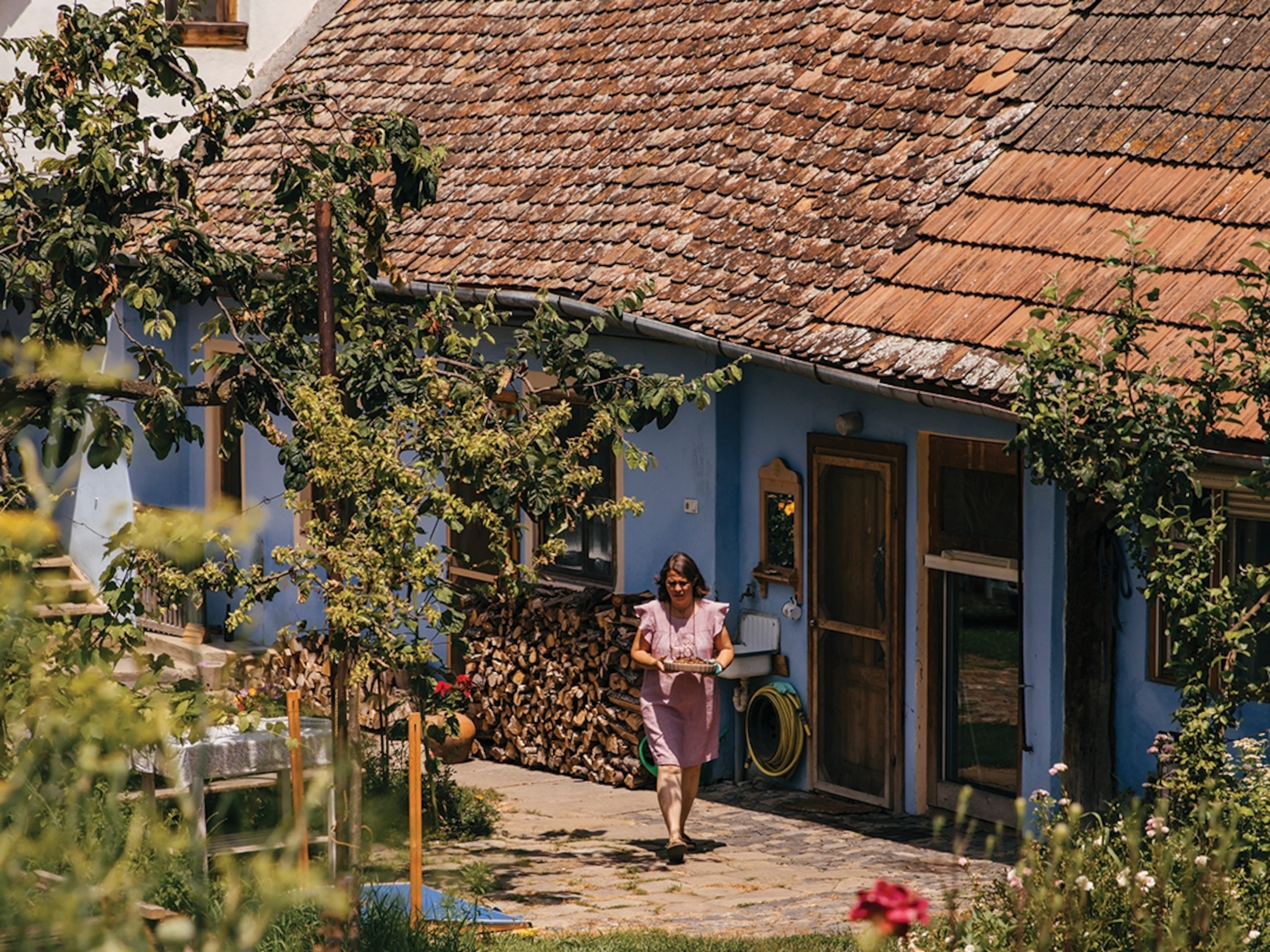This Japanese region is home to a unique fusion cuisine—here's what to know
Tim Anderson’s new book, Hokkaido, is inspired by Japan’s northernmost prefecture, where Western influences and Indigenous cooking create a cuisine like no other.
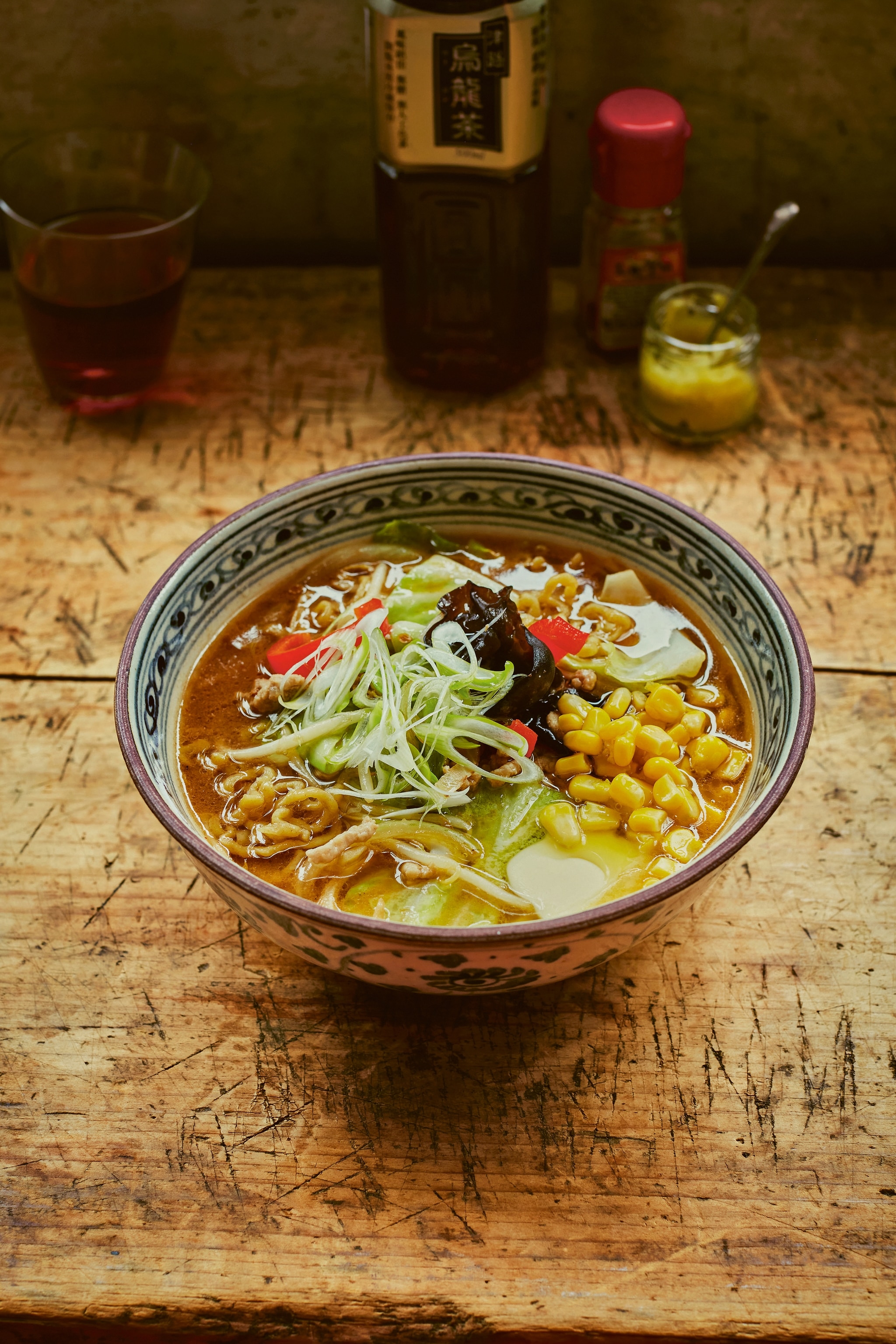
What makes the food culture of Hokkaido unique?
The blend of cultural influences. I was struck by the similarities to Wisconsin, where I’m from. There’s that Midwestern-style agriculture, focusing on crops like corn and potato, and dairy farming. During the Meiji Restoration from the 1870s, the Japanese government enlisted Middle European and Midwestern American agriculturalists to advise on Western farming methods, because these regions share a similar climate and terrain to Hokkaido. That’s why you can find old German beer halls like those in Milwaukee, some even serving German potato salad. A piece of home, but in Japan. And, of course, there’s the important influence of the Indigenous Ainu people, who migrated centuries ago from northern Russia. That’s why I wanted to spotlight Ainu food. I spoke to a lot of Ainu chefs and cooks, but also businesspeople and craftspeople, as well spending time at the National Ainu Museum.
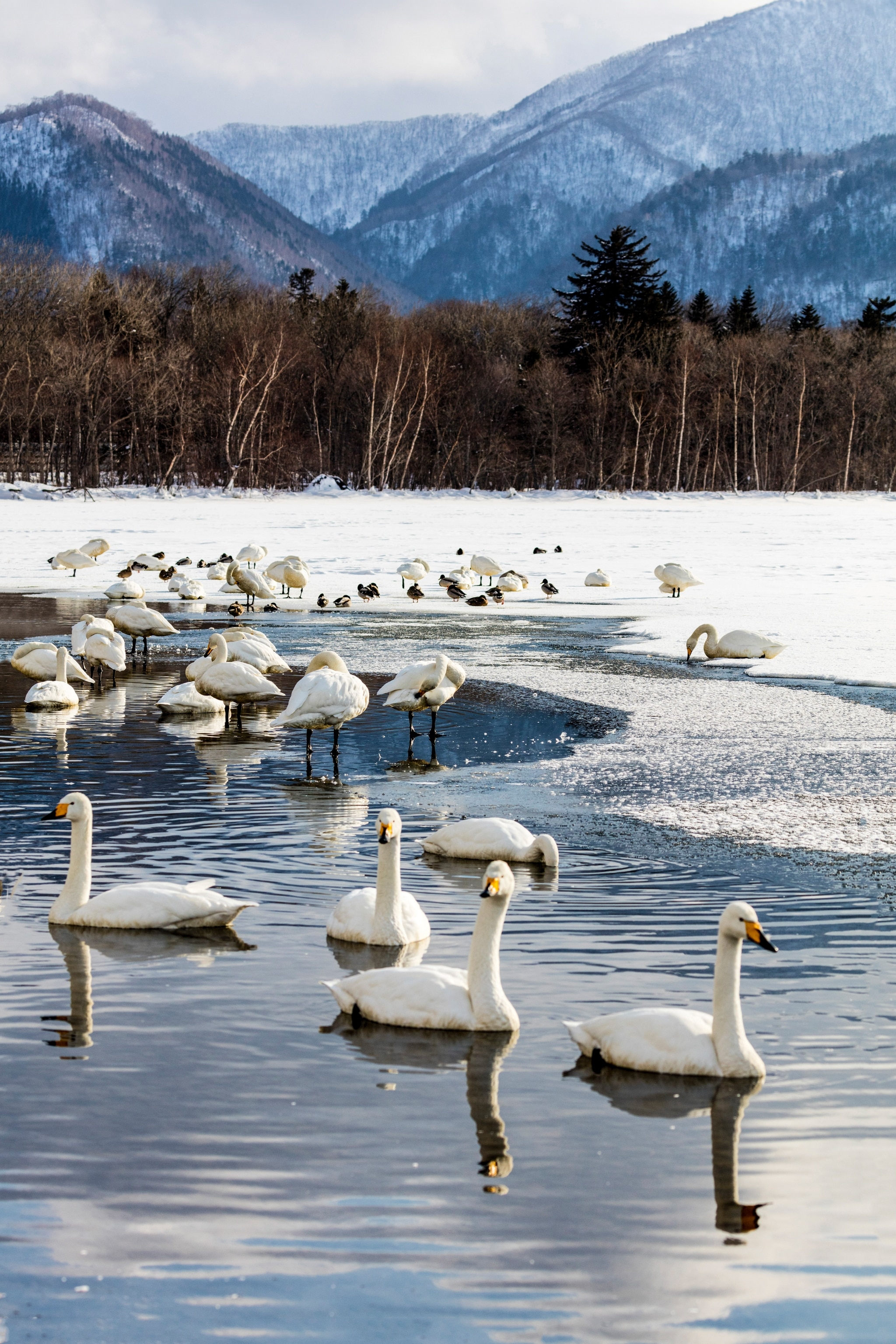
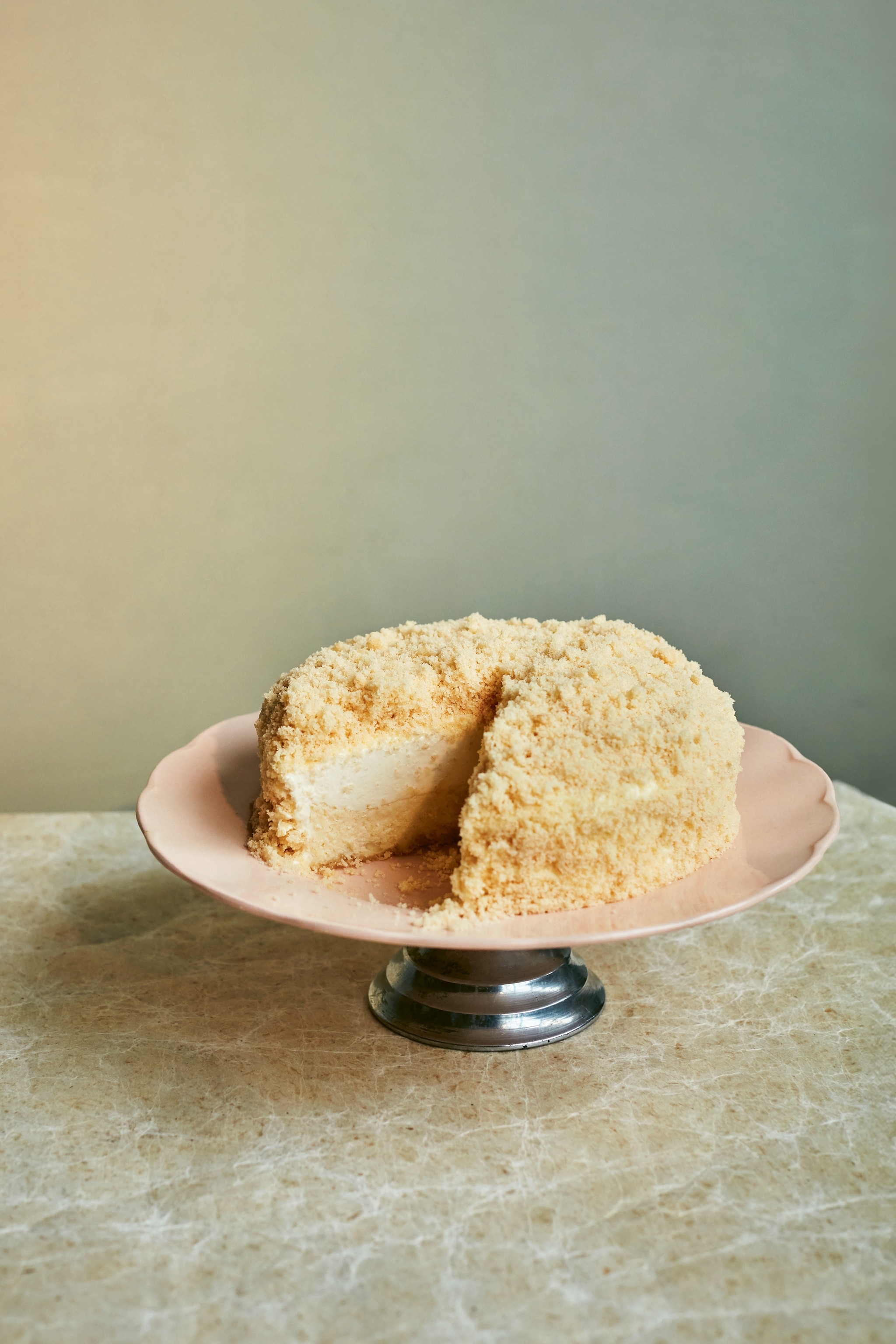
How does the landscape and climate affect the cuisine?
As it’s a snowy and volcanic region, the ecosystems contribute to the seaweed’s flavour, helping to produce top-quality kombu. This also means delicious seafood: crab, scallop and salmon. Seafood from Hokkaido features on menus at high-end establishments across Japan, but it’s even fresher and cheaper at the source.
Hokkaido isn’t hot or wet enough to be a rice-growing region, so it imports a lot of rice from the rest of Japan, as well as from China, Korea and Taiwan. Even before the Meiji Restoration, the Ainu traded seafood and kombu for rice. Native grains and wheat have also, unsurprisingly, played a key role in the cuisine. Due to the abundance of wheat, wheat ramen is one of the most popular Hokkaido dishes. Hops grow wild along railroads, and the availability of hops and barley explain products like Sapporo beer. Grains like millet and pearl barley, as well as legumes like soybeans, are used to bulk out rice.
What other key ingredients feature in the local cuisine?
Plants like wild garlic and butterbur, often foraged. The latter has giant leaves (used as shelter for korpokkur gnomes, according to Ainu folklore), which are grilled, dried or used in soups. There’s also confectionery using Hokkaido milk and butter, like milk butter ice cream and milk bread, as well as chocolates, biscuits, cheesecakes and crackers, often also using local wheat. There’s a real focus on natural produce, so these confections are popular as omiyage (gifting souvenirs). Even though it’s a wintry place, there’s great fruit, which you might not expect, such as sweet melons, strawberries and grapes. Plants from the multicoloured flower fields, like lavender, are used to flavour everything from shaved ice to coffees.
Are there other cultural traditions that influence food customs in Hokkaido?
Spirituality. In Ainu culture, there are kamuy (spirit deities) within certain living things, elements and even tools, as well as kamuy that oversee some creatures. When you take food from the environment, by hunting, foraging or fishing, it’s important to give thanks to the appropriate kamuy. This translates into a respect for crops — for example, wild garlic is cut above the root to make sure it grows back. This is practically important, too, in a region that has little vegetation for more than half the year.

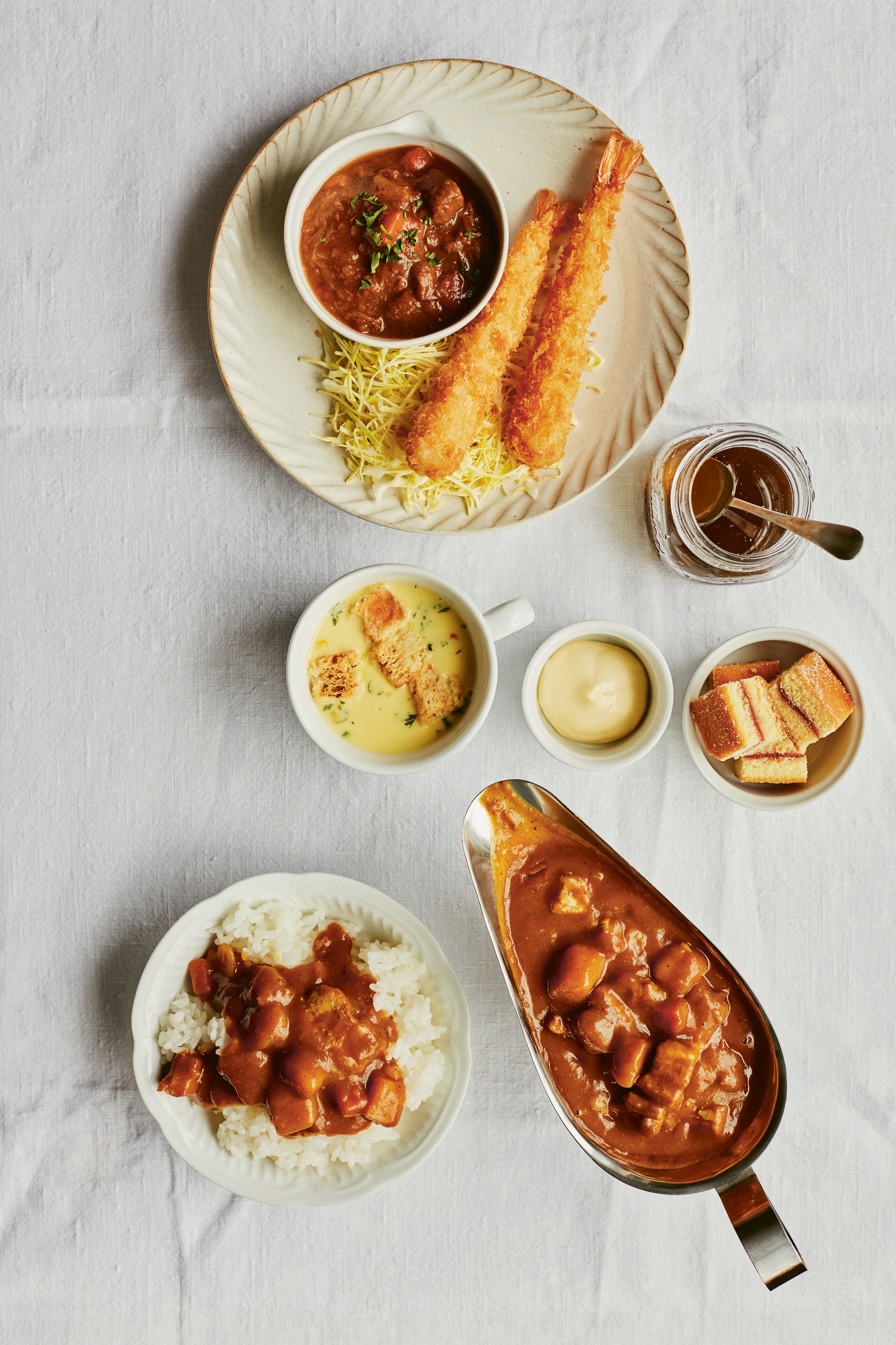
What are some of the most memorable dishes you’ve enjoyed across the region?
At Washo Market in Kushiro, dozens of in-season seafood varieties are used to make the most amazing breakfast dishes, such as a seafood rice bowl. I love the spaghetti katsu at Izumiya restaurant and, in the evening, the robata joints serve up small plates of grilled local seafood. Zangi [Hokkaido-style fried chicken] and thin, crinkly noodles in a light soy sauce broth with lard are also great Kushiro specialities.
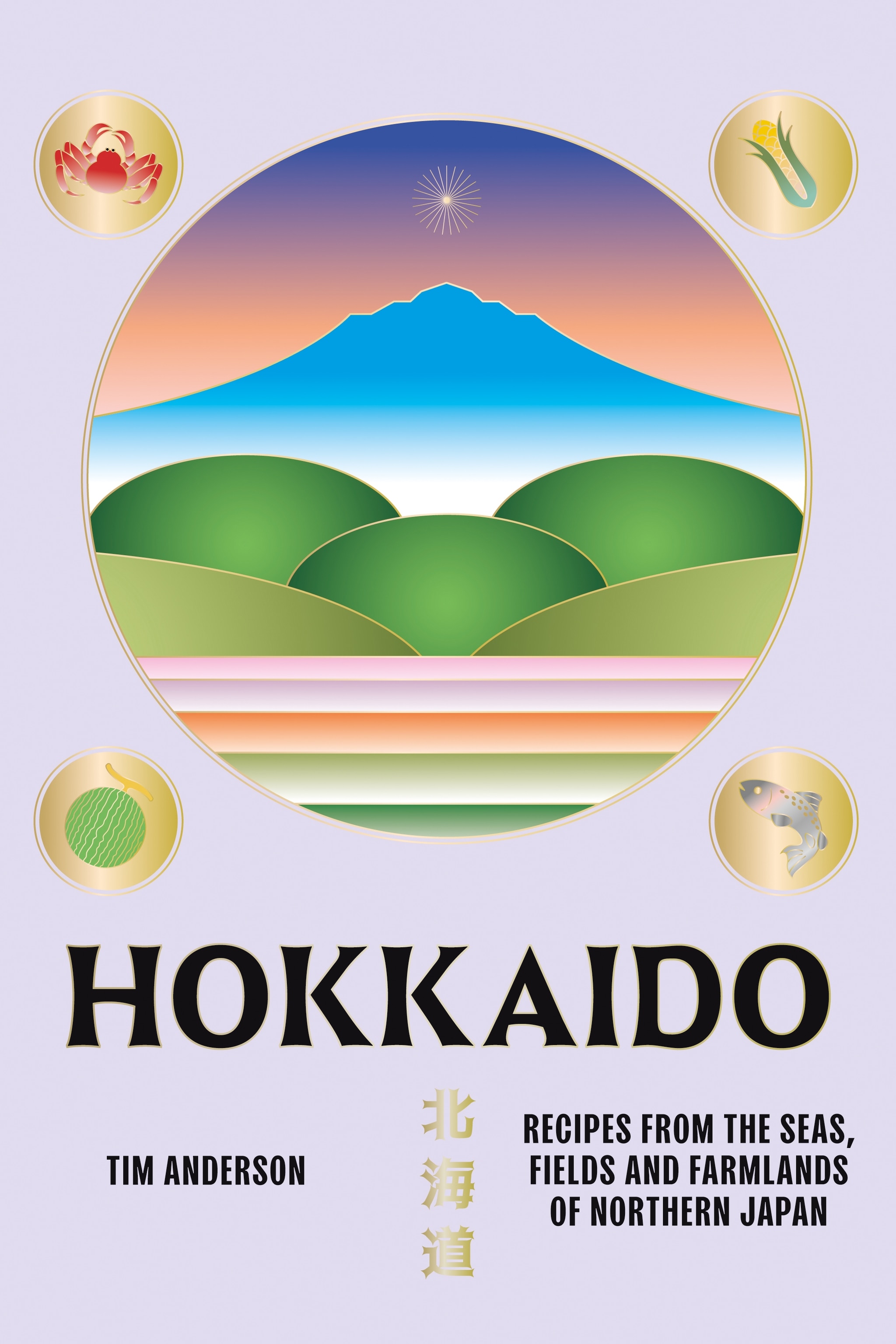
I’d recommend the traditional Ainu food and fusion plates in the Ainu village at Lake Akan. At Abashiri, a former prison, the museum cafe serves the old prison menu for lunch, and it’s delicious. Another must is chanchanyaki, a fisherman’s dish of salmon cooked on a hot plate with cabbage, bean sprouts and onions.
How’s the food scene changing in Hokkaido?
There’s more opportunity to learn about Ainu food now. The National Ainu Museum offers cooking classes and has small farms growing traditional crops. There are also a few more Ainu restaurants; in 2005, there was only one Ainu restaurant in Sapporo, run out of a family home, which closed two years later due to lack of interest. There are some issues around appropriation of Ainu art and decor, but it’s great to see renewed interest in Ainu food culture. I hope people try the Ainu recipes in the book — they’re accessible and tasty.
To subscribe to National Geographic Traveller (UK) magazine click here. (Available in select countries only).


